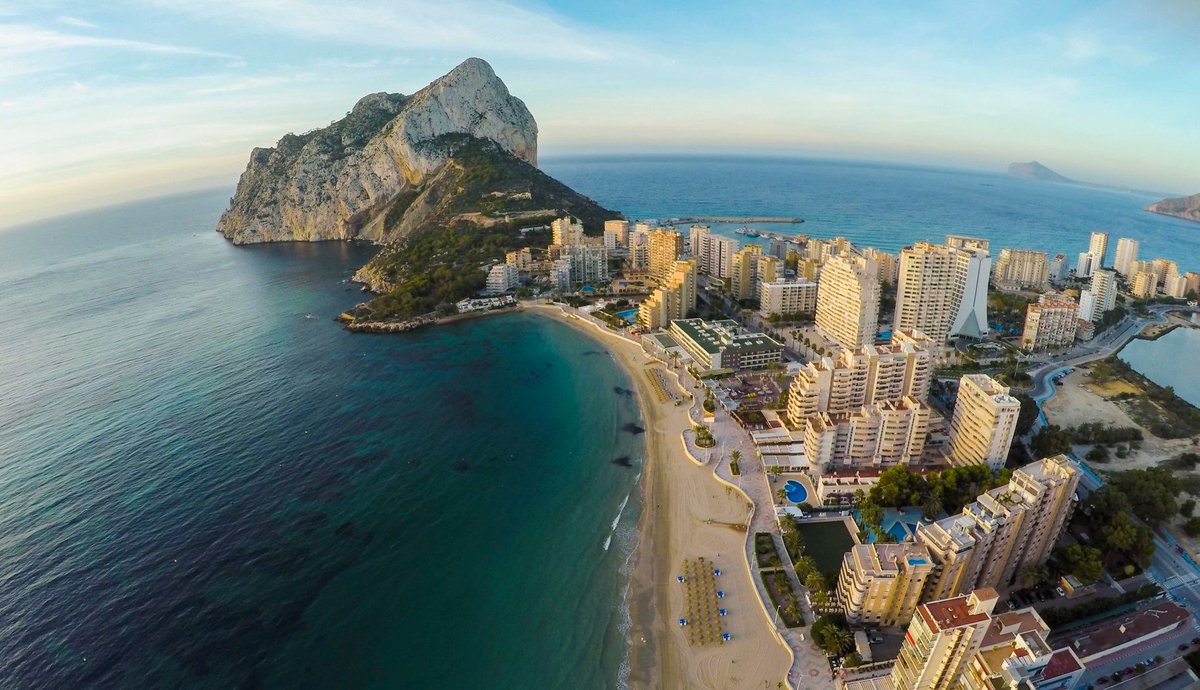Over the first nine months of this year Spain received 60.3 million foreign tourists, which is an increase of 10.1%, according to the Tourist Border Movement Survey (FRONTUR) released by the National Statistics Institute (INE). In September, Spain also recorded substantial tourism growth when 7.9 million international tourists came to explore the country (+10.2%).

The September increase was driven mainly by arrivals from the UK which, despite BREXIT, grew by 12.8% and exceeded 2 million (25.4% of the total). The UK has also been the main source market so far this year, with 14.4 million tourists, up 13%, followed by France with 9.3 million, up 9.6%, and Germany with 8.9 million, up 4.3%.
The largest annual tourism growth of 20.8% regarded visitors Ireland which sent 1.5 million people to Spain. The increase of 6.9% of the US market (1.6 million tourists), and the positive results for Russia, which added 842,646 tourists, 1.2% more than a year ago, are also significant.
Between January and September, all the major source markets yielded positive numbers, while last month Belgium and Switzerland recorded declines of 6.2% and 6.3% respectively.
In the total for the first nine months of 2016, the autonomous communities welcoming most international tourists were Catalonia, with almost 14.5 million (24% of the total) and the tourism growth of 4.4%; the Balearic Islands with 11.5 million (19.1% of the total), up 10.6% and the Canary Islands, with 9.6 million (15.9% of total), up 13.2%. The biggest increase (16%) occurred in Valencia which received 6.3 million international tourists between January and September, while Andalusia recorded the same increase as the Canary Islands (13.2%), with 8.5 million passengers. Madrid had an increase of 13.1% and 4.3 million visitors.
Most tourists opted for private market accommodation, which was used by 47.7 million visitors (an increase of 11.4%), with 38.2 million (11%) staying in hotels and 6.7 million (4.9% more) in rental housing. There was also a 5.4% growth in the use of non-market accommodation, which was the preferred choice of 12.7 million tourists. 7.5 million (12.4%) of these stayed in the homes of relatives or friends, and almost 4 million (13.3% more) in privately-owned accommodation.
Up to September most tourists stayed for four to seven nights, and this was the choice of about 28 million of them (11.4%). The main reason for travel to Spain was leisure and vacation for nearly 52 million tourists, up 9%, while the 3.4 million who came for businesses represented a decline of 4.8%, following a 28.2% year-on-year decrease in September.
Air transportation was still the main access route to Spain for foreign tourists, and it was chosen by 48.1 million of them (11.2%), followed by land transportation, by which 10.7 million visitors (5.7% more) entered the country. Rail and sea transportation was used by 293,865 travelers (up 4.7%), and 1.3 million travelers (up 8.7%) respectively.
Most tourists, almost 42 million (up 7.7%), who came to Spain up to September, did not use a tour package, although the largest increase (16% representing 18.4 million), was recorded for the number of bookings of organized tours.


